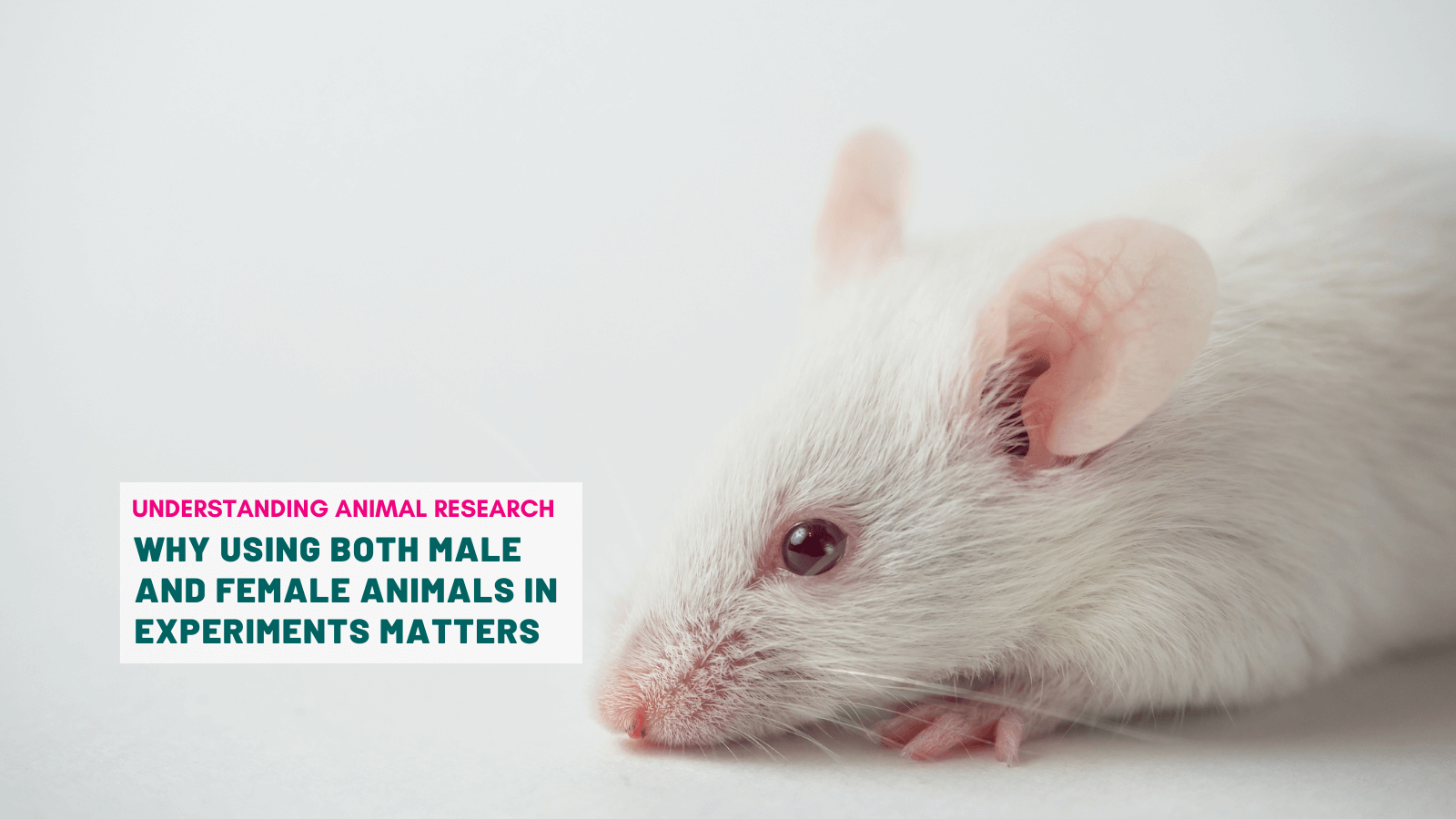Ideal Hamster Choices for First Experiences
When considering the perfect pet for your first experience in the animal kingdom, hamsters emerge as an ideal choice. These small, furry companions are known for their delightful antics, manageable care needs, and suitability for a range of lifestyles, making them perfect for children and adults alike. In fact, a recent survey revealed that nearly 70% of first-time pet owners opt for small animals, with hamsters leading the pack. But what makes hamsters so special? This article will explore various types of hamsters, their care requirements, and how to choose the right one for your household.

Understanding Hamster Behavior
Before diving into the specifics of hamster breeds, it’s crucial to grasp their behavior. Hamsters are nocturnal, meaning they are most active during the night. They enjoy exploring their surroundings and typically exhibit playful and curious behavior. Understanding this will help you manage your expectations and ensure a fulfilling pet-owner experience.
The Importance of Socialization
While hamsters are not typically cuddly pets, they can develop affection for their owners through regular interaction. Spend time handling your hamster gently to develop a bond. However, it’s essential to respect their boundaries; forcing interaction can lead to stress. Always supervise young children when they are interacting with your pet.
Popular Hamster Breeds
There are several popular hamster breeds, each with unique characteristics. Understanding these breeds will aid in making an informed decision that suits your lifestyle and expectations.
1. Syrian Hamsters
Syrian hamsters, also known as golden hamsters, are the largest of the domesticated breeds, averaging 5 to 7 inches in length. They possess gentle personalities and make excellent pets for first-time owners. Pros: Easy to handle, low maintenance. Cons: Require ample space due to their size.
2. Dwarf Hamsters
Dwarf hamsters, including Russian and Campbell’s hamsters, are smaller and more energetic. They are social creatures and can even be housed in pairs, given they are of the same sex. Pros: Playful, great for social interaction. Cons: Can be nippy if not handled regularly.
3. Roborovski Hamsters
Roborovski hamsters are the smallest breed, usually measuring under 2 inches. They are swift and enjoy running, making them entertaining to watch. Pros: Minimal handling required, ideal for observing behavior. Cons: Too fast for inexperienced handlers.
Choosing the Right Hamster for You
Choosing the perfect hamster depends on various factors, including your lifestyle, space, and the age of potential handlers in your home.
Consider Your Lifestyle
If you lead a busy life, a Syrian hamster may be ideal due to its low activity level during the day. If you’re looking for a pet that can be handled more frequently, consider a dwarf hamster.
Space Requirements
Smaller breeds require smaller cages but remember that all hamsters need enrichment. Ensure that the cage is spacious enough for your chosen breed to thrive.
Setting Up Your Hamster’s Habitat
Creating a comfortable habitat is crucial in ensuring your hamster feels at home.
1. Cage Selection
- For Syrian hamsters: A large aquarium or a cage with multi-levels is suggested.
- For dwarf hamsters: A smaller, secure cage with multiple tunnels is perfect.
2. Bedding and Nesting
Choose absorbent bedding made from paper or aspen shavings. Avoid cedar or pine shavings due to potential respiratory issues. Provide a nesting material like shredded tissue or hay to encourage natural burrowing behavior.
Nutrition and Care
A proper diet is essential for your hamster’s health. They require a balanced mix of hamster pellets, fresh fruits, and vegetables. Ensure to provide clean, fresh water daily.
Feeding Tips
- Limit treats to once or twice a week.
- Incorporate leafy greens and occasional grains for variety.
Health Considerations
Regular vet check-ups can prevent common health issues like wet tail or respiratory infections. Be observant about any changes in behavior, eating habits, or physical appearance.
Signs of a Healthy Hamster
A healthy hamster will have bright eyes, a clean coat, and be active during their awake hours. Any sign of lethargy or changes in appetite should prompt a visit to the veterinarian.
Conclusion
In conclusion, choosing a hamster as your first pet can be an incredibly rewarding experience. By understanding their behavior, selecting the right breed, and ensuring their health and happiness, you’ll create a fulfilling bond with your new furry friend. Remember, the journey of pet ownership is a shared adventure between you and your hamster. For more insights on pet care, consider exploring this related article and this one. Happy hamster-keeping!
